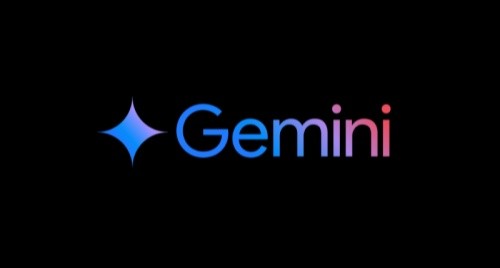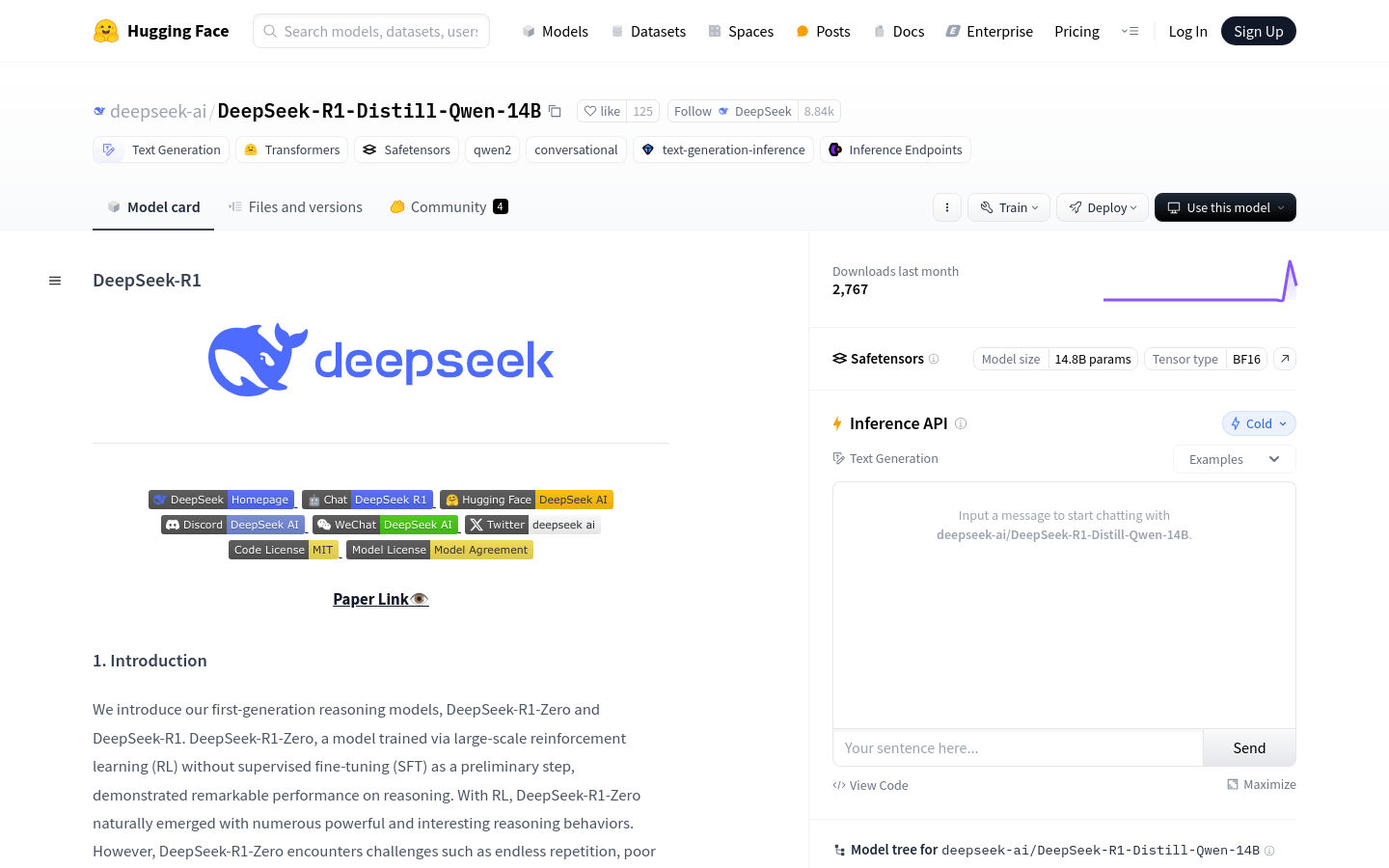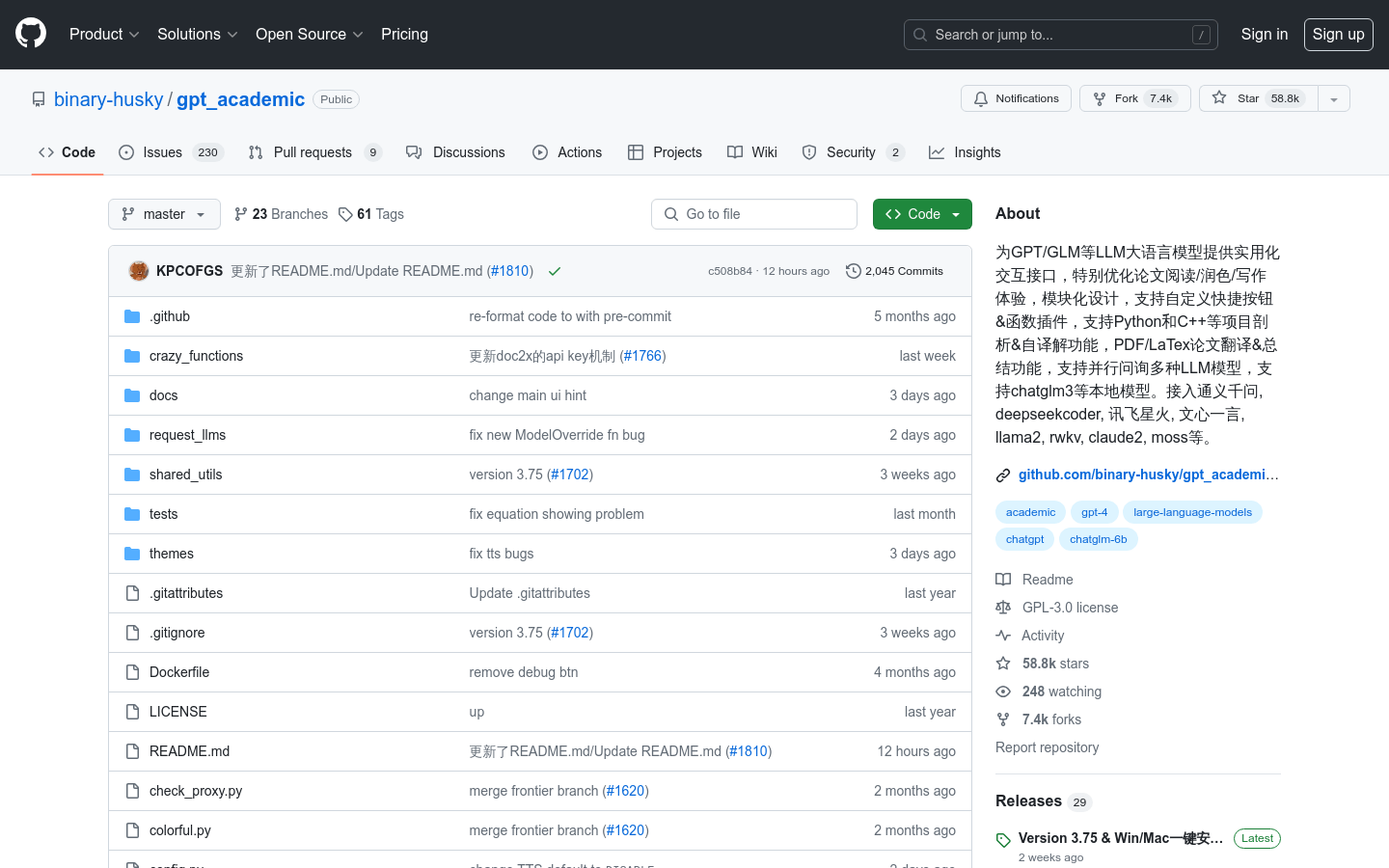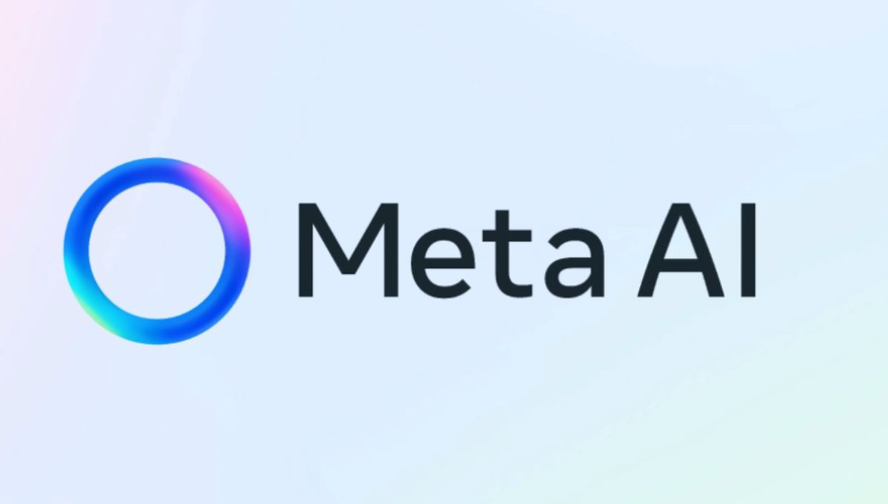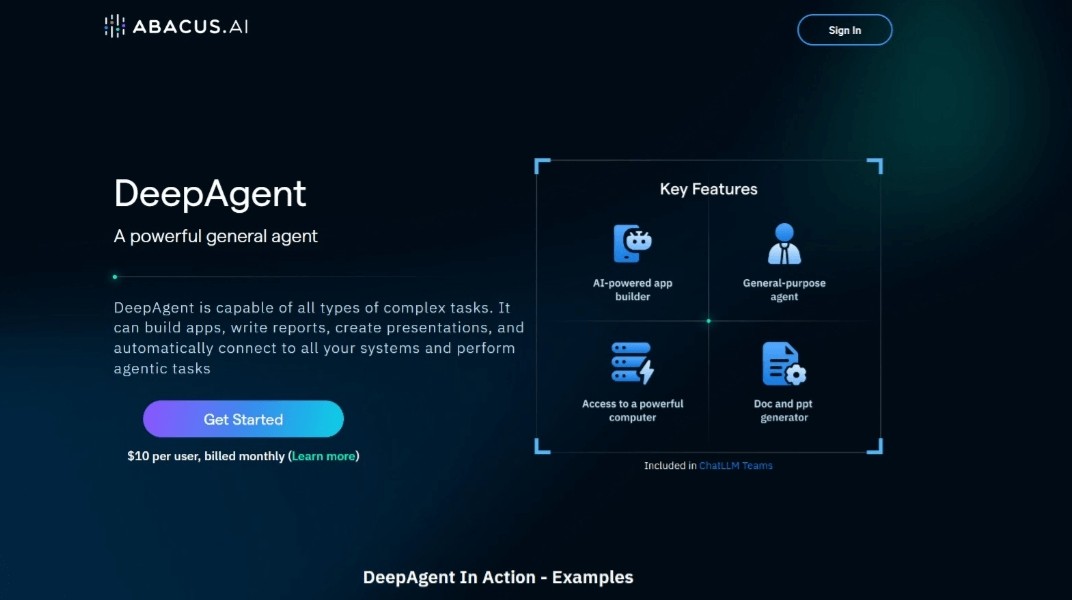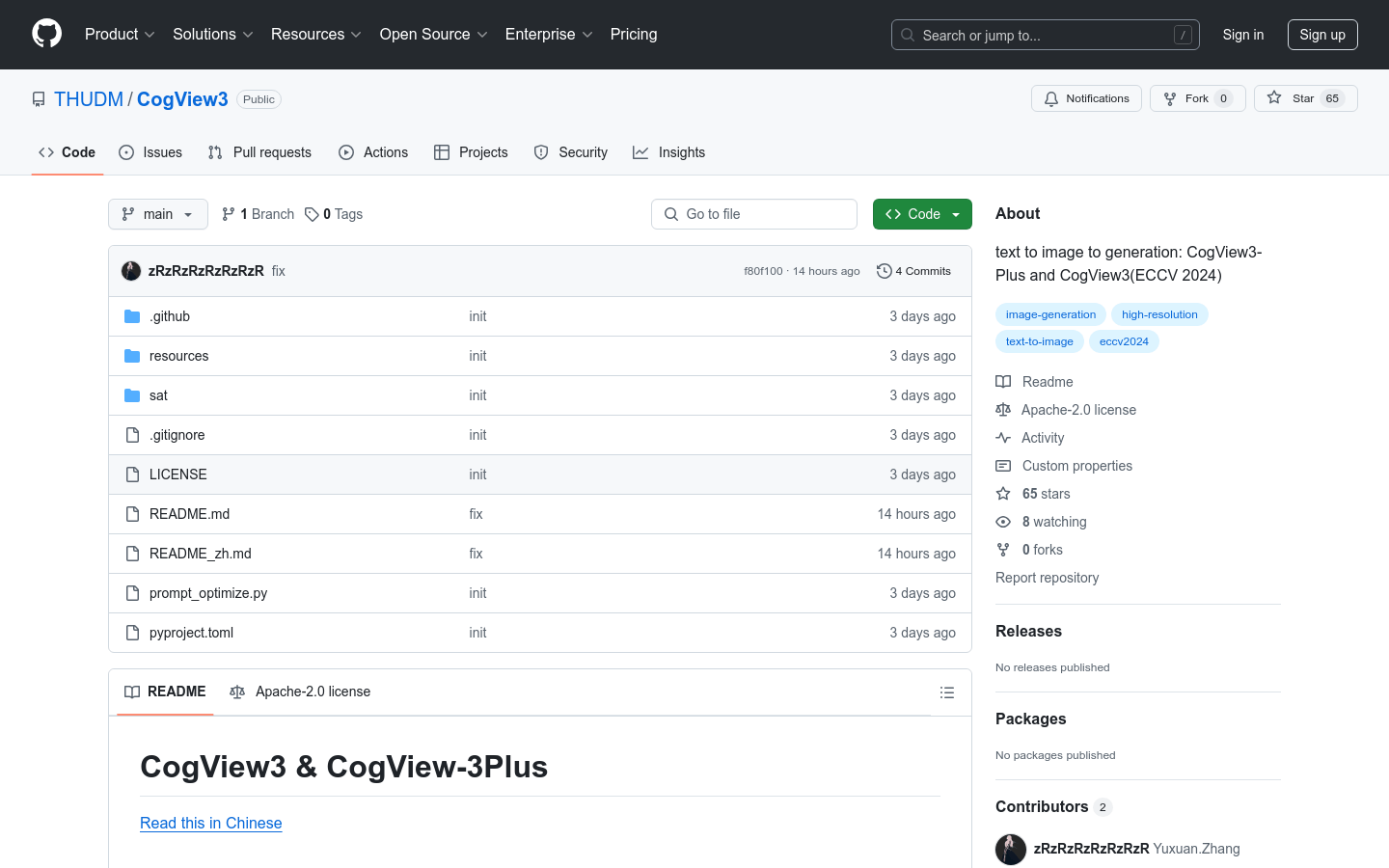
CogView3 is a cascade diffusion-based text-to-image generation system using the relay diffusion framework. The system begins the diffusion process from these noisy images by breaking the high-resolution image generation process into multiple stages and adding Gaussian noise on the low-resolution generation results by relaying the super-resolution process. CogView3 surpasses SDXL in generating images, with faster generation speed and higher image quality.
Demand group:
"The target audience is researchers, developers and enterprises who need to generate high-quality images. CogView3 provides an efficient and high-quality text-to-image conversion method suitable for content creation, design prototyping and research experiments."
Example of usage scenario:
Researchers use CogView3 to generate images for scientific papers
Designers use CogView3 to create visual representations of design concepts
Developers use CogView3 to build image generation applications
Product features:
Supports 512x512 text to image generation
Supports 2x super-resolution generation
Diffusion noise scheduling using Zero-SNR
Adopting a joint text-image attention mechanism
Using VAE, the latent dimension is 16
Supports image generation from 512 to 2048
Inference accuracy supports FP16, BF16, FP32
Usage tutorial:
1. Visit CogView3 ’s GitHub page
2. Clone or download the code locally
3. Read the README.md file for project details
4. Install necessary dependencies according to the documentation instructions
5. Use the provided script for text-to-image generation
6. Adjust model parameters as needed to optimize generated results
7. Participate in community discussions to get more tips and support

